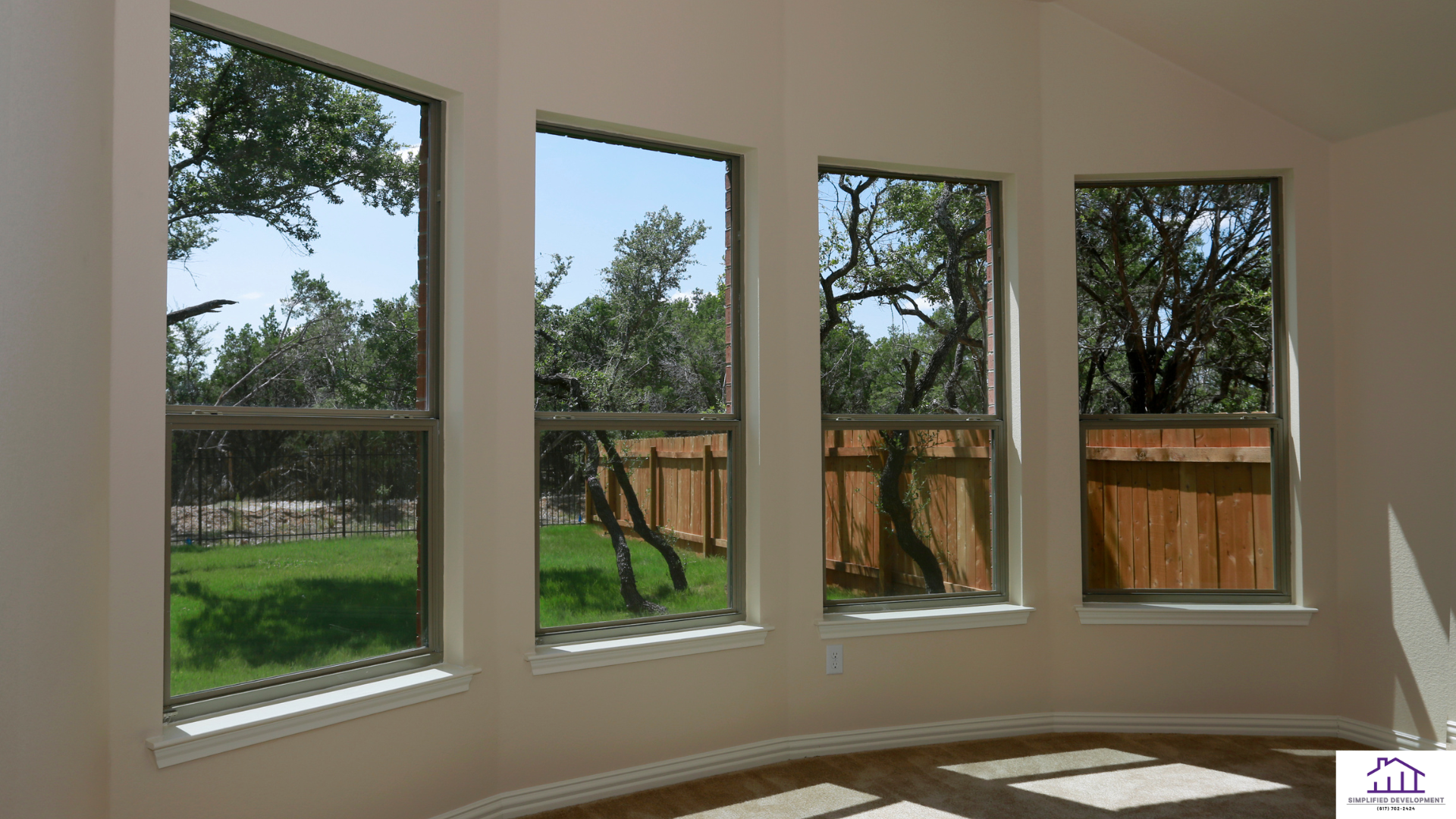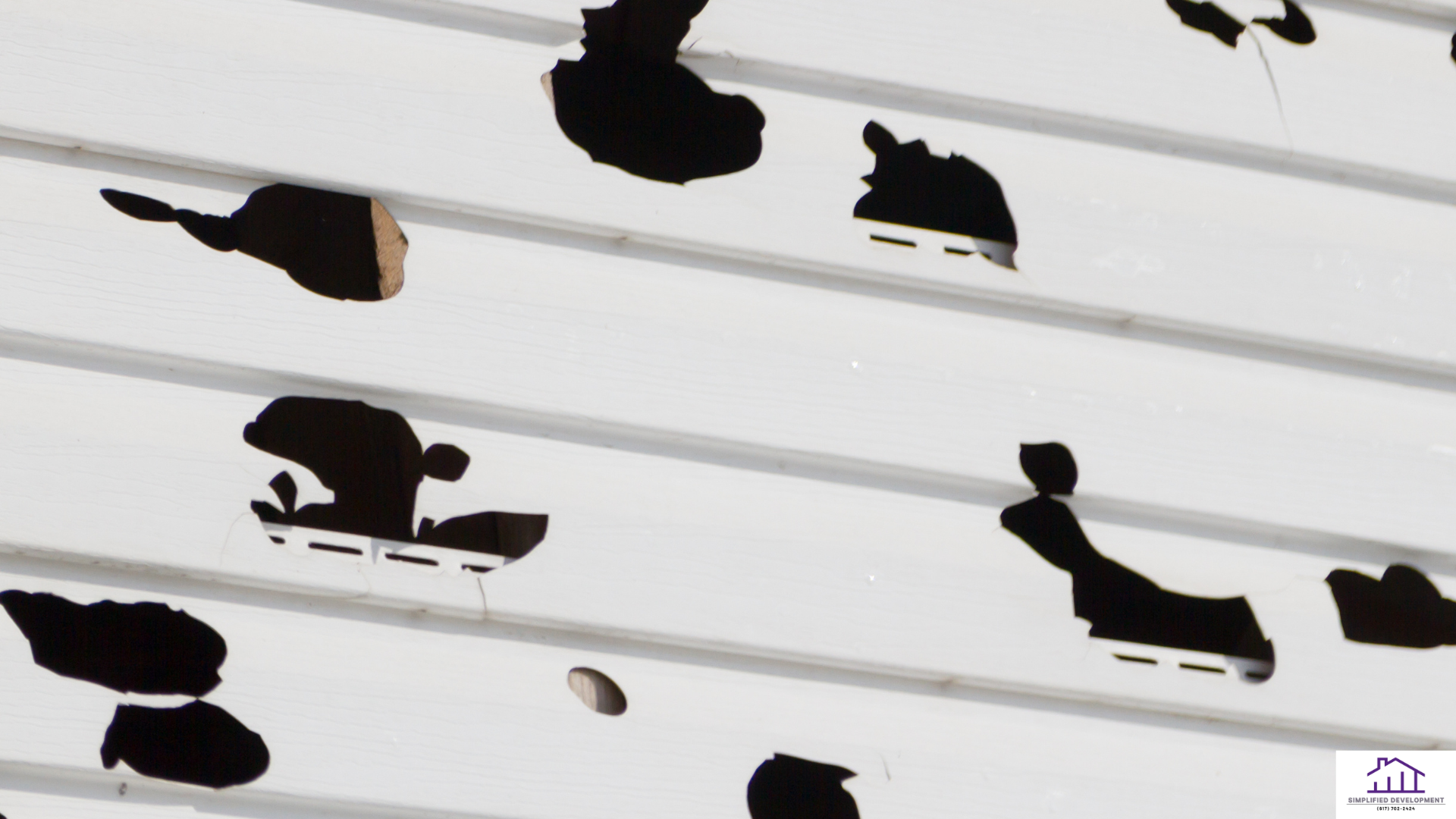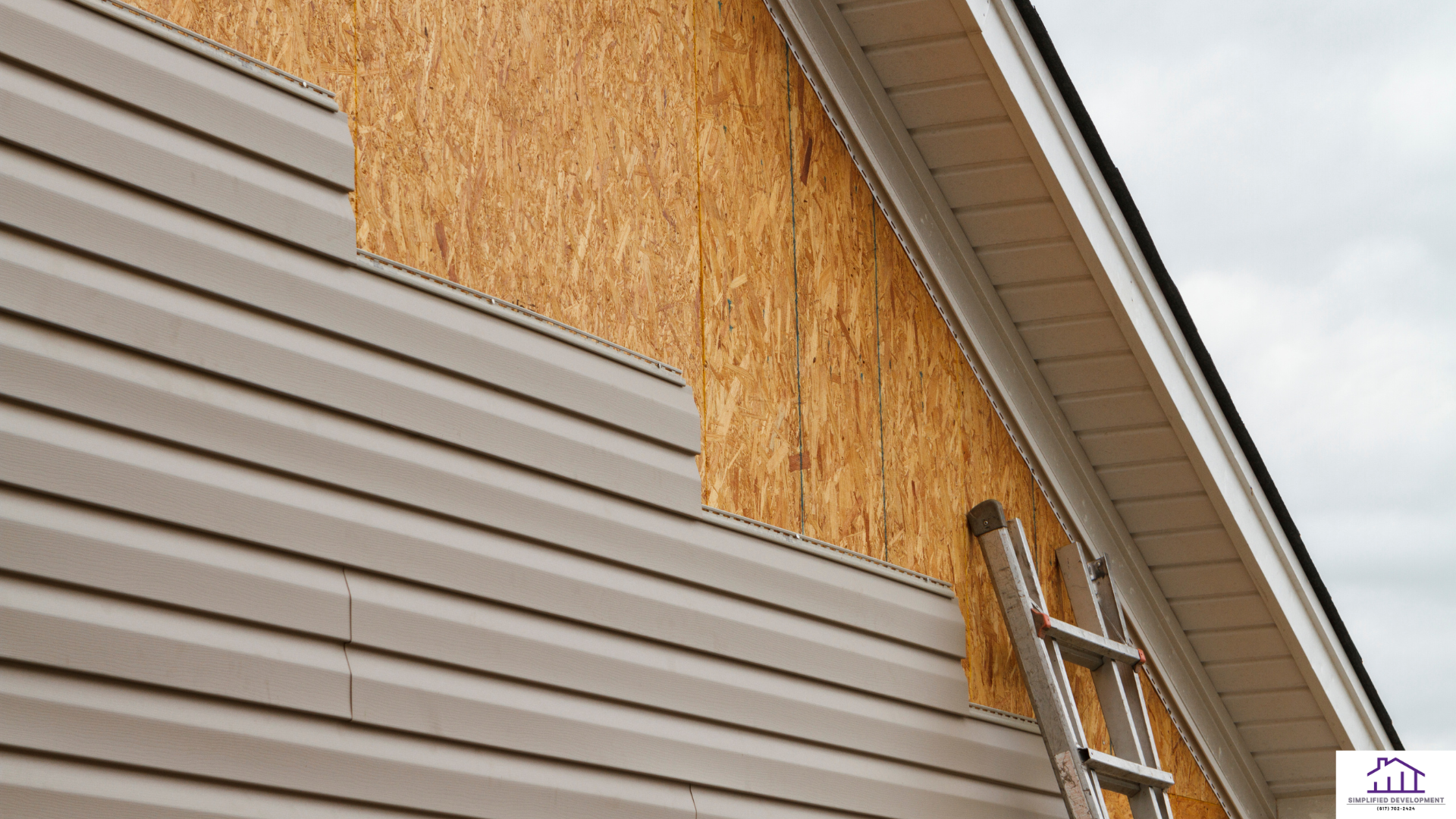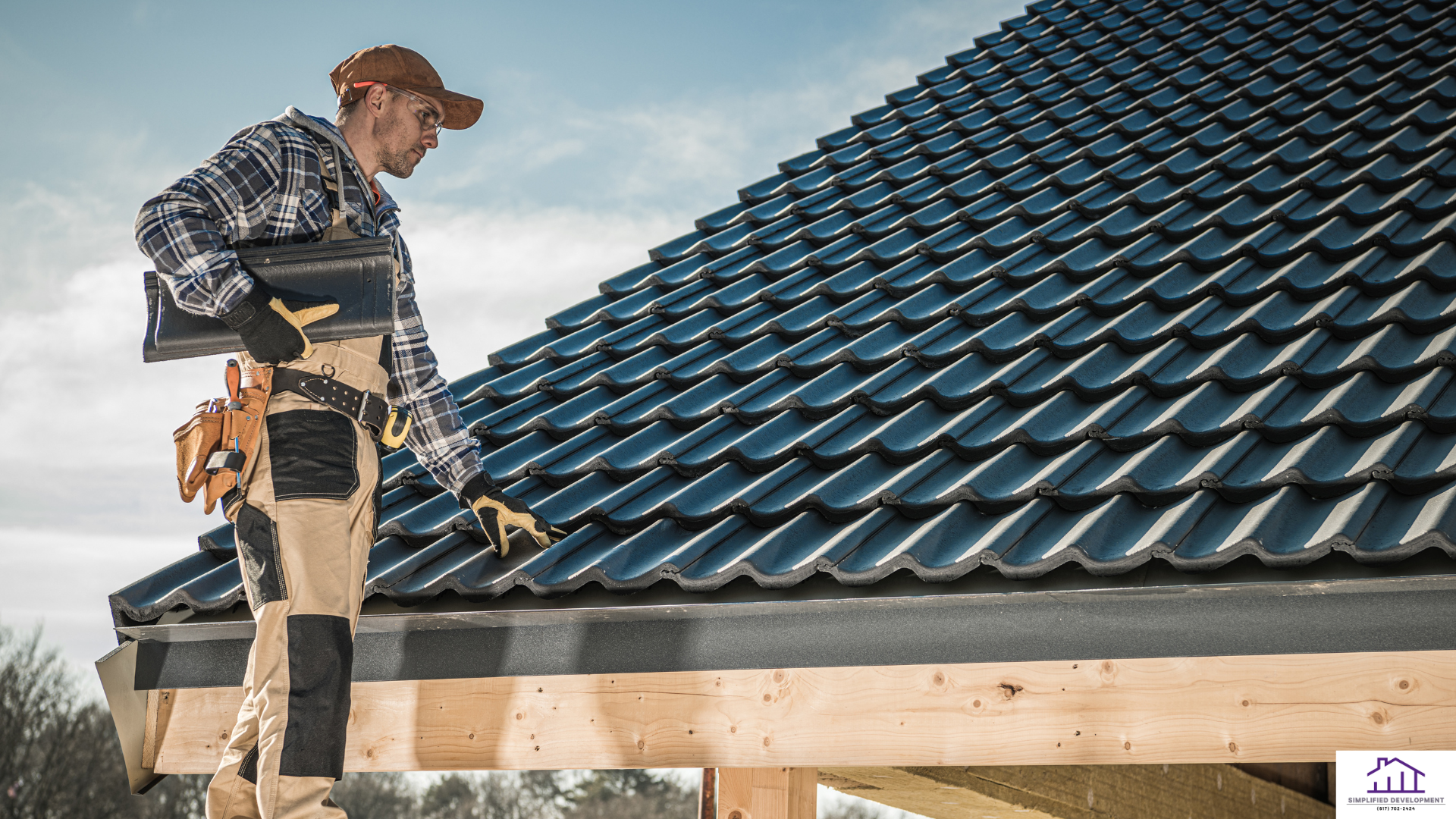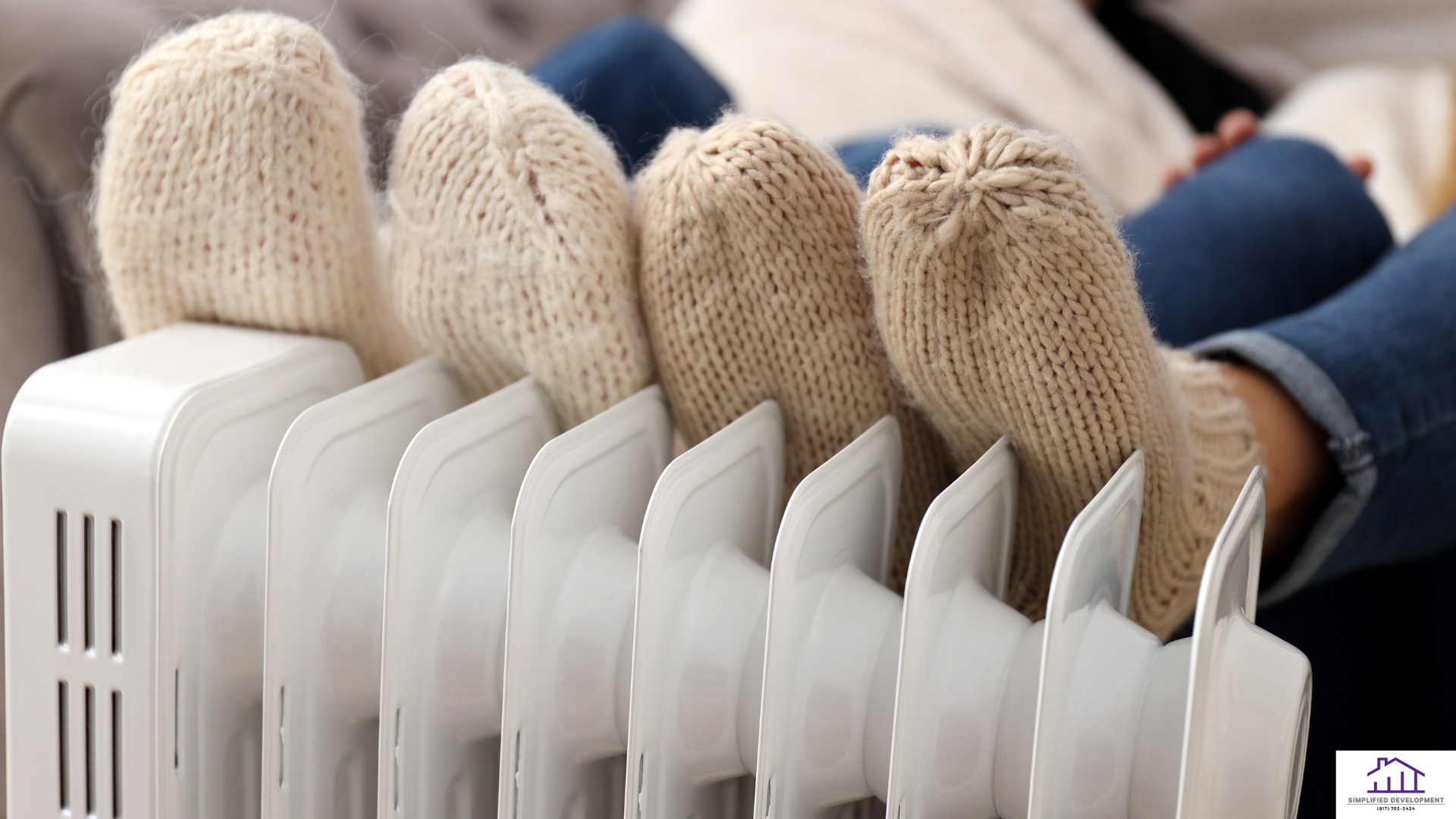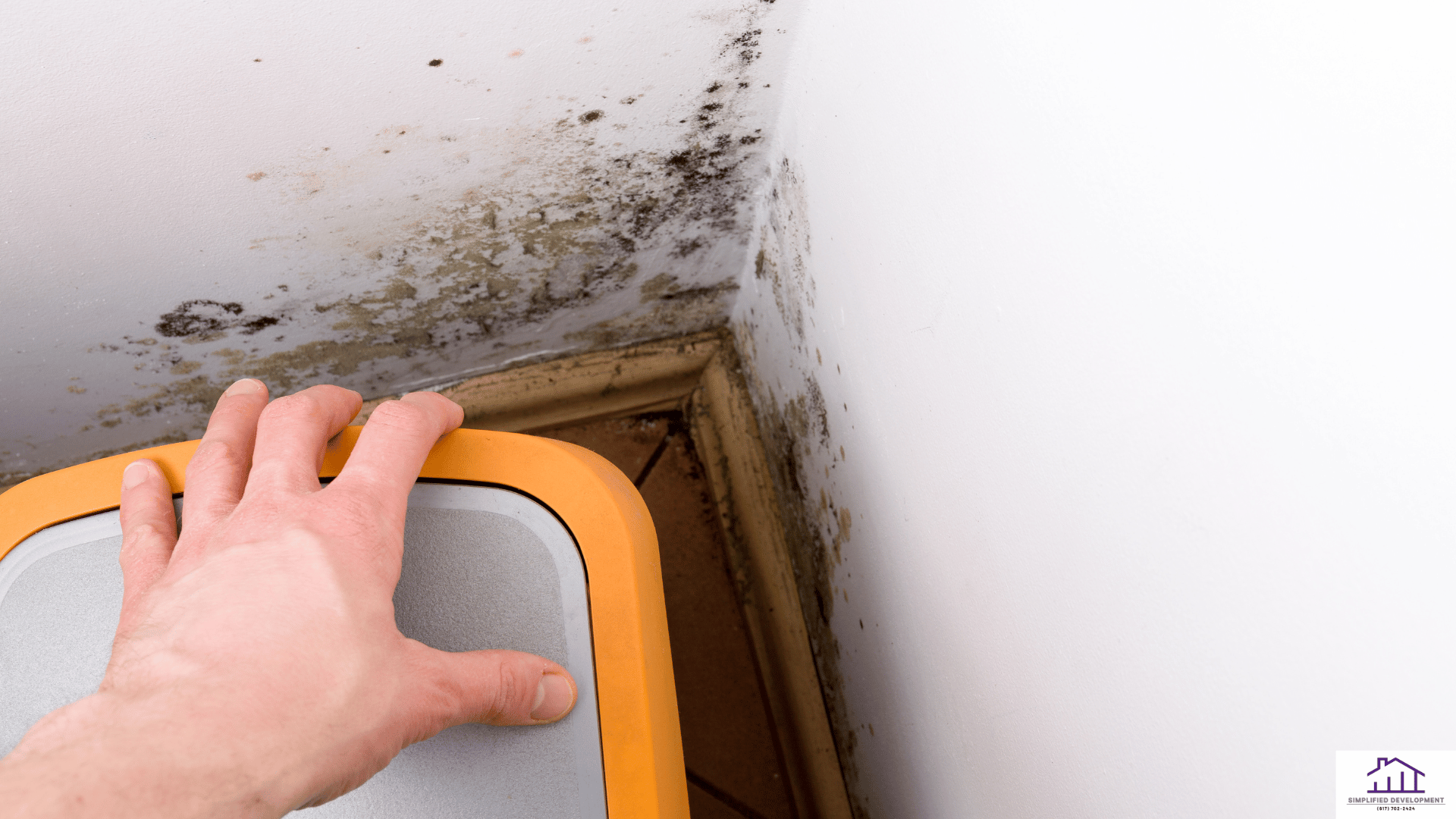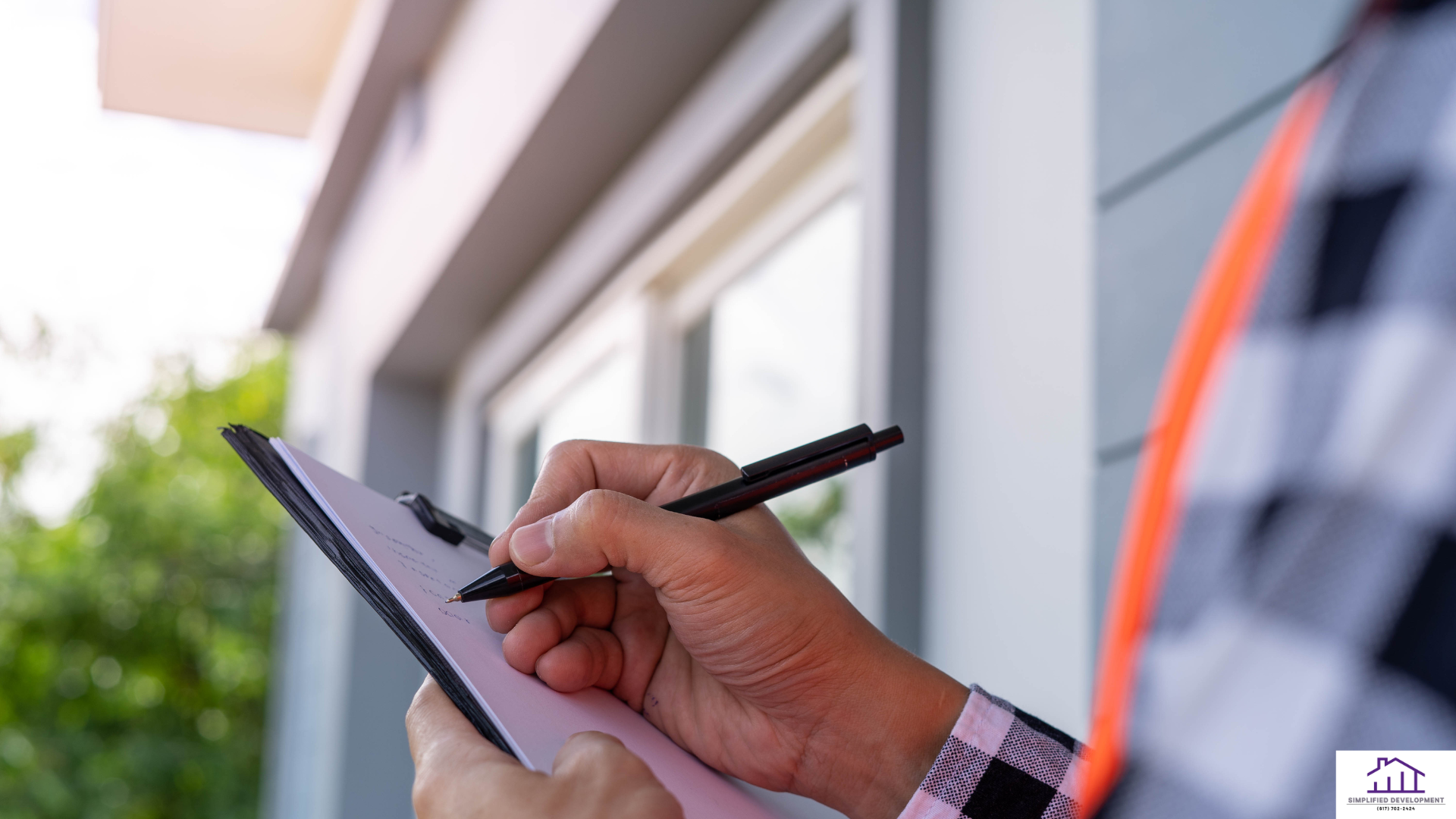Thank you for visiting!
Which Siding is Best for Insulation? A Comprehensive Guide
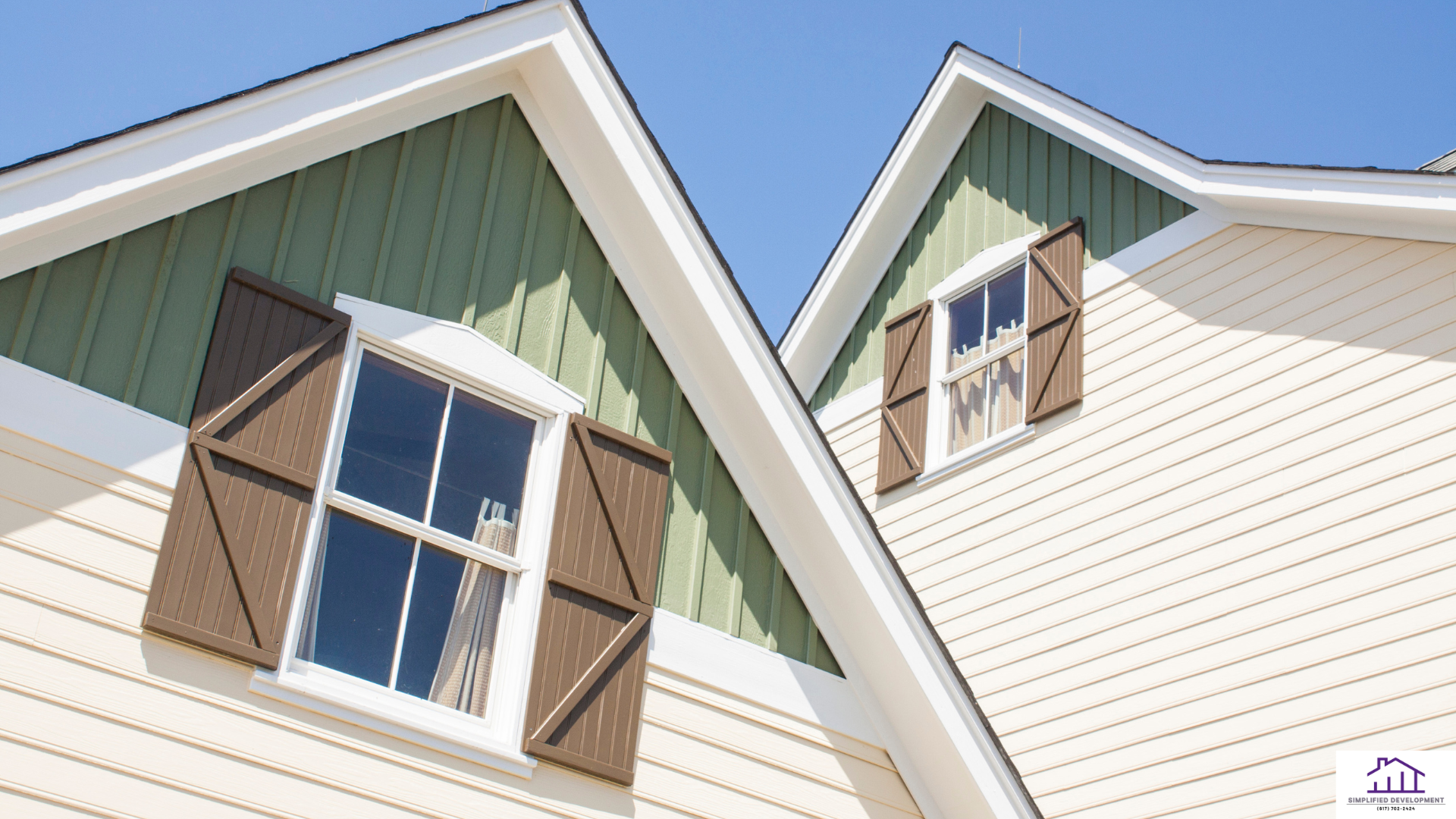
Choosing the best siding for insulation is crucial for enhancing your home's energy efficiency, comfort, and overall value. Siding not only protects your home from the elements but also plays a significant role in insulating it. Here’s an in-depth look at the best siding options for insulation to help you make an informed decision.
1. Insulated Vinyl Siding
Benefits
Insulated vinyl siding is one of the top choices for homeowners looking to improve their home’s insulation. This type of siding has a foam insulation layer that fits snugly behind the vinyl exterior, providing an additional barrier against heat loss.
- Energy Efficiency: The foam insulation significantly reduces heat transfer, helping to keep your home warmer in the winter and cooler in the summer.
- Durability: Insulated vinyl siding is resistant to impacts, pests, and moisture, making it a long-lasting option.
- Maintenance: It requires minimal maintenance and is available in a wide range of colors and styles.
Installation
Installing insulated vinyl siding is relatively straightforward and can be done over existing siding, reducing labor costs and time.
2. Fiber Cement Siding
Benefits
Fiber cement siding is a composite material made from cement, sand, and cellulose fibers. It offers excellent insulation properties and durability.
- Thermal Performance: While not inherently insulated, fiber cement siding can be paired with additional insulation materials to enhance its thermal performance.
- Durability: It is highly resistant to fire, insects, and rot, ensuring a long lifespan.
- Aesthetics: Fiber cement can mimic the appearance of wood, stucco, or masonry, offering a versatile aesthetic appeal.
Installation
Fiber cement siding requires professional installation due to its weight and the need for precise cutting and fitting.
3. Wood Siding
Benefits
Wood siding is a classic choice that offers natural insulation properties. Types of wood siding include cedar, redwood, and pine.
- Natural Insulation: Wood has natural insulating properties, making it effective at regulating indoor temperatures.
- Aesthetics: It provides a warm, traditional look that can be customized with various finishes and paints.
- Sustainability: Wood siding is an eco-friendly option, especially if sourced from sustainable forests.
Installation
Proper installation and maintenance are critical to prevent issues such as rot and insect infestation. Regular sealing and painting are required to maintain its insulating properties and appearance.
4. Engineered Wood Siding
Benefits
Engineered wood siding is made from wood fibers and resins, providing improved durability and insulation over traditional wood siding.
- Enhanced Insulation: Engineered wood often includes additional insulating layers or can be installed over foam insulation.
- Durability: It is more resistant to moisture and pests compared to natural wood.
- Cost-Effective: Engineered wood is generally more affordable than traditional wood siding and offers a similar aesthetic.
Installation
Engineered wood siding is easier to install than natural wood and requires less maintenance.
5. Stucco Siding
Benefits
Stucco siding, made from cement, sand, and lime, is another excellent option for insulation.
- Thermal Performance: Stucco provides good insulation and can be applied over additional insulating layers to enhance its efficiency.
- Durability: It is durable and resistant to fire and pests.
- Aesthetics: Stucco offers a smooth, textured finish that can be customized with various colors and designs.
Installation
Stucco installation is labor-intensive and should be done by professionals to ensure proper application and maximum insulating benefits.
Conclusion
Selecting the best siding for insulation depends on your specific needs, budget, and aesthetic preferences. Insulated vinyl siding stands out for its all-in-one insulation and ease of installation. Fiber cement and engineered wood offer durability and enhanced insulation when paired with additional materials. Wood siding provides natural insulation and a classic look, while stucco offers a unique aesthetic with good thermal performance.
Consider consulting with a professional siding contractor to assess your home’s specific requirements and to ensure the best insulation performance and overall satisfaction. Investing in the right siding can significantly improve your home’s energy efficiency, comfort, and value.
